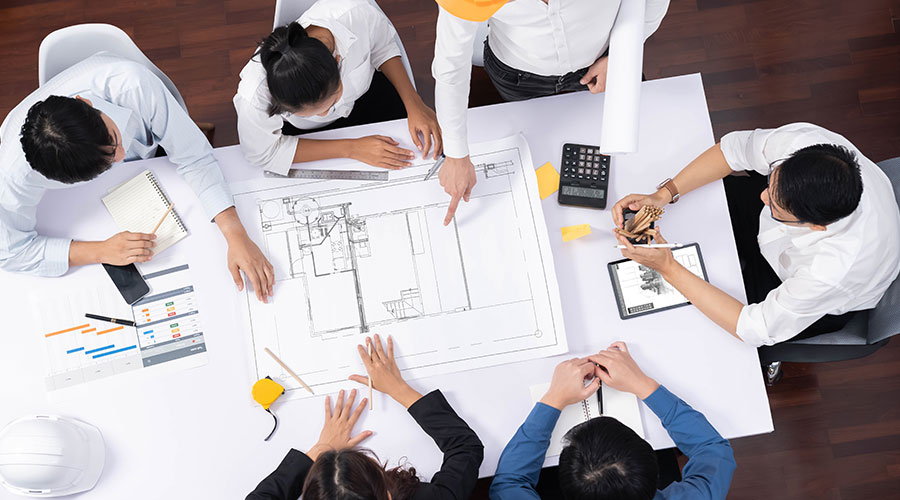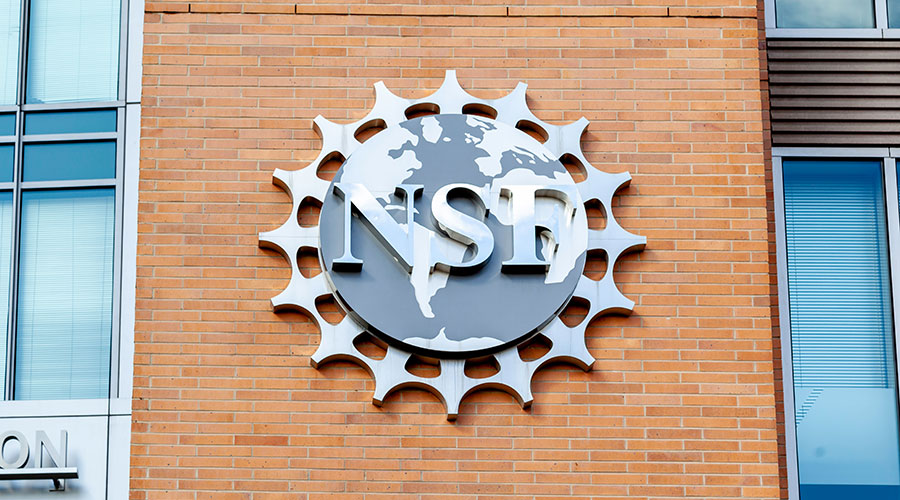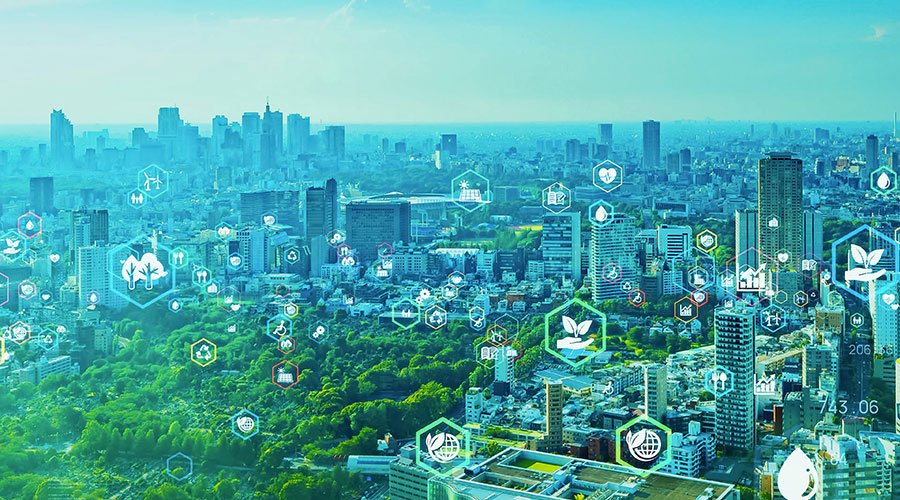
From Vision to Action: Workshopping Sustainability Planning in Data Centers
Building a consensus is key to getting sustainability to stick throughout the entire project. July 3, 2025
By Jeff Wardon, Jr., Assistant Editor
Sustainability is no longer optional for data centers and other critical facilities, but too often, goals end up vague. Leadership sets these goals for its company to act on them, not just to hang them on a bulletin board in the break room.
To break this cycle, Karen Cooper, mission critical client leader – senior associate at DLR Group, developed a workshop model as a tool for turning sustainability values into actionable, measurable goals. Cooper presented this model recently at the Green Building Initiative’s Data Center Seminar.
“We developed this process over time from our clients' reactions to being overwhelmed with the amount of sustainability information out there: the resources, the multiple sustainability platforms and requirements to fulfill to get certifications for sustainability projects,” said Cooper. “We developed this workshop to help clients through that process.”
The 3-step workshop model
Attendees can take the workshop in-person or virtually, and it lasts for about 1.5 to 3 hours, and it can scale based on project size. It also has a set of 12 “values” cards, each individually representing a sustainability theme. Cards include guiding questions and back-of-card benefits in 5 categories:
- Human health
- Resource Conservation
- Ecological future
- Community health
- Behavioral wellness
There are 3 separate steps to this workshop model:
- Step 1: Prioritize values
- Small groups review the cards and pick their top 6 priorities.
- Then, individuals get 10 tokens (e.g., poker chips) to vote on which values matter the most.
- Eventually, this narrows down each group’s focus to 3 top priorities.
- Step 2: Define success
- Groups will discuss what success looks like for each chosen value.
- They then define:
- Report – what will be documented?
- Observe – how will they track or monitor?
- Measure – what metrics will they use?
- For example, if “air quality” is chosen as a value:
- Report: “No odors in the workspace”
- Observe: “Install sensors”
- Measure: “Track humidity and particulate levels”
- Step 3: Make it actionable
- The design team then takes these outcomes and creates an action matrix:
- Each value is tied to a goal
- Each goal is tied to a strategy
- Each strategy is tied to a specific, measurable outcome
“Every strategy has an outcome that we can then use as a lodestone that the entire design team can look back on if we start to veer off course,” said Cooper. “Sometimes during design, if you don't have a clear sustainability framework, you may be talking about it, but you're not making it actionable.”
Outcomes
The workshop is intended to build consensus among the building owner, operator and design team, which is key to sustainability remaining a priority throughout the project. This results in a clearer framework of values, metrics and strategies that teams can reference throughout design and construction.
“It's not just a sustainability expert saying you should do this, or you're checking the checklist,” said Cooper. “Everybody feels like they're part of the decision making and that they created these goals and matrices within this workshop.”
Ultimately, it makes everyone a stakeholder in the process, which in turn keeps everyone invested and holding the project accountable to the sustainability standards they set forth in the workshop.
“We're educating people about other aspects of sustainability that they might not have thought about,” said Cooper. “It's a simple 3 hours that can have lasting results in projects and programs.”
Jeff Wardon, Jr., is the assistant editor of the facilities market.
Next
Read next on FacilitiesNet












